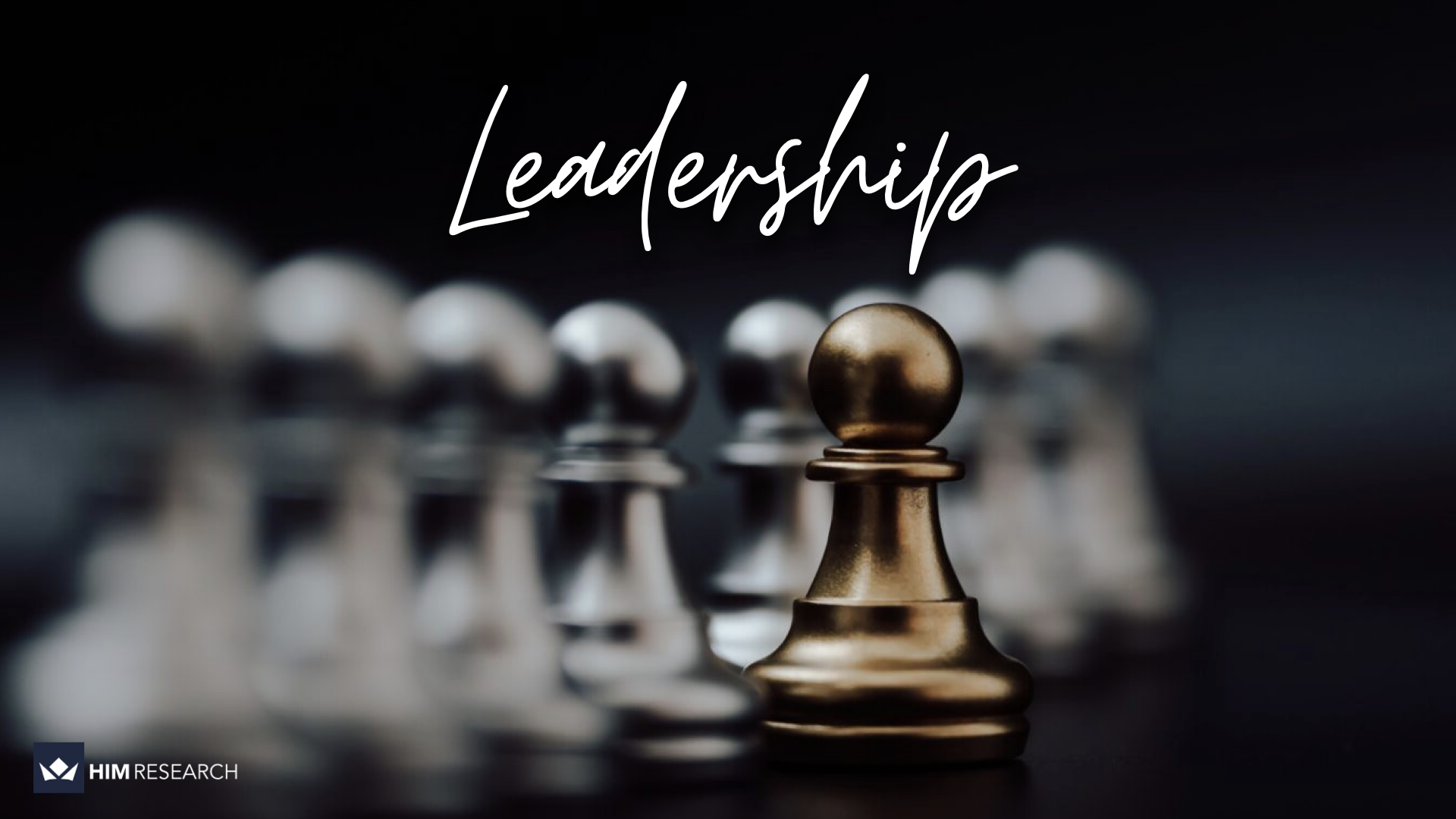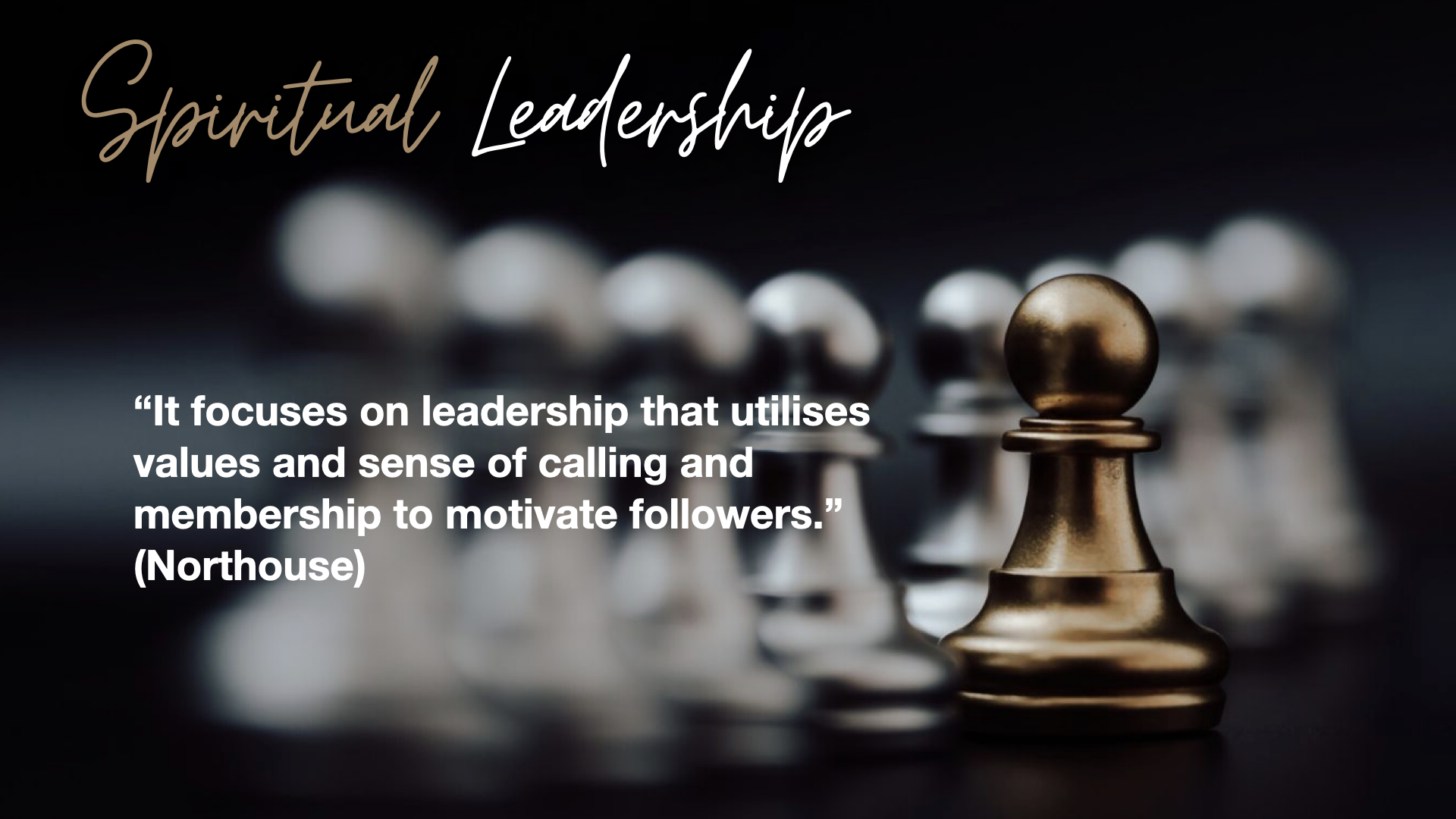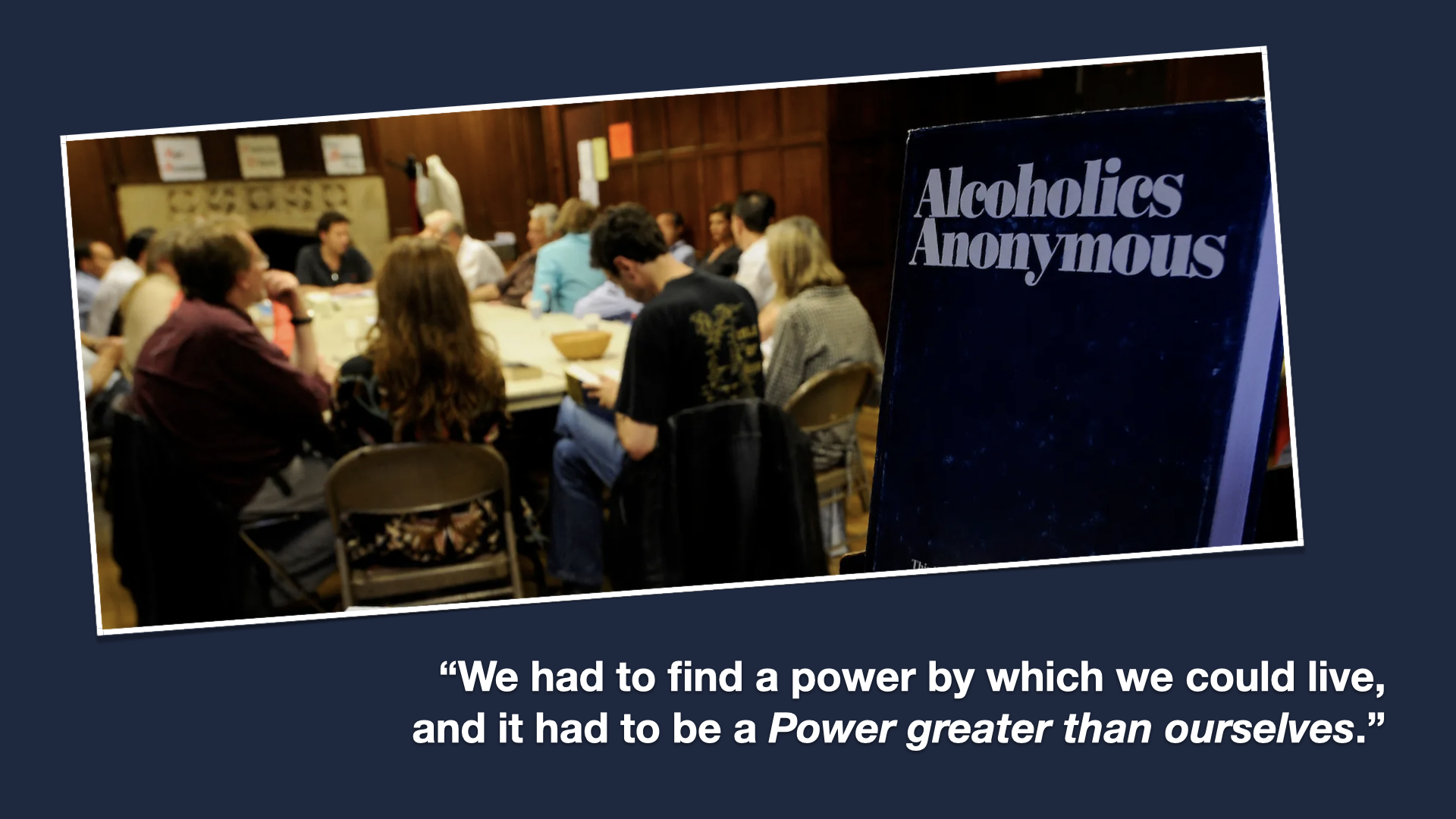
Johari Window
August 1, 2025“The force that may be the most important in shaping most leaders: learning. Learning from experience, learning from people, learning from successes and failures, learning from leaders and followers.”
James MacGregor Burns
(Pulitzer Prize winner)
Intro
In her best-selling book Dare to Lead (2018), Brené Brown contrasts two findings from her research on shame and self-worth within educational contexts.
“In our original research on shame, 85 percent of the people we interviewed could recall a school incident from their childhood that was so shaming, it changed how they thought of themselves as learners. […] The same data showed that more than 90 percent of the people we interviewed could name a teacher, coach, school administrator, or faculty member who reinforced their self-worth and helped them believe in themselves and their ability. What do these seemingly competing findings tell us? School leaders have enormous power and influence, and how they use that power and influence changes people. For better or worse.”
Several questions come up: What if that bad leader was you? What if that redeemed learner was you? What motivated those teachers to change a student? What values were there? What kind of calling was felt? Were they playing in a different league?
You’re seeing it by now. How can we lead better?
Let’s start with the world of leadership.

Navigating the world of leadership
In 1997 there were over 850 published definitions on leadership, a figure reported in Leaders: Strategies for Taking Charge (Bennis, 1997), as cited in Blackaby (2011). Now, decades later, we can reasonably assume that figure has increased to a thousand or more. How can one navigate such an ocean of perspectives? And how do you know which one fits better your context?
Although leaders and leadership have been a part of human society from its origins, the concept has been subjected to academic study only relatively recently, beginning in the 20th century.
Over the years people associated leadership with one or more of the following: power, position, control, domination, authority, command, mastery, example, vision, direction, guiding, coercion, influence, organizing, management, excellence, inspiration etc.
Can you make your own list of 5 elements you associate with leadership?
- __________
- __________
- __________
- __________
- __________
The difficulty in establishing a definitive understanding of leadership is underscored by Stogdill (1974), as cited in Dent (2005), who noted that the number of definitions nearly matches the number of individuals who have tried to define it. Northouse (2016) concludes that “after decades of dissonance, leadership scholars agree on one thing: They can’t come up with a common definition for leadership.”
Probably it would be a good exercise for you to try to draft a definition for leadership. Don’t worry, you will not be evaluated by your first draft.
Try something like:
“Leadership is the _________________________________________.”
Now, that you tried, let’s get help with four examples...
- “Leadership is a process whereby an individual influences a group of individuals to achieve a common goal.” (Northouse, 2016)
- “Leadership is exercised when ideas expressed in talk or action are recognized by others as capable of progressing tasks or problems which are important to them.” (Robinson, 2001)
- “Leadership is the art of mobilizing others to want to struggle for shared aspirations.” (Kouzes, 1987)
- “[Leadership is] the process of influencing others to understand and agree about what needs to be done and how to do it, and the process of facilitating individual and collective efforts to accomplish shared objectives.” (Yukl, 2013)
You can also identify three leaders you admire, based on your knowledge of their biographies or your adherence to their model (if contemporary, think of one under whose influence you’ve been for a while). These individuals can come from diverse fields, including politics, royalty, the military, sports, religion, business, arts etc.
- ____________________
- ____________________
- ____________________
Why did you list each name? Please take a time to reflect on their model of leadership.
Checklist:
- Is there an author or a philosopher in your list?
- Is there a woman in your list?
- Is there a Nobel Peace Prize laureate?
- Is there one from Antiquity, Middle Age, 20th Century or contemporary?
- Is there a teacher?
- Is your number one a powerful leader? In what sense?

Spiritual leadership
One of the emerging theories in the last decades is spiritual leadership, which “focuses on leadership that utilizes values and sense of calling and membership to motivate followers” (Northouse, 2016).
You may stop and reflect on these three:
- Values
- Sense of calling
- Membership
Let me illustrate
From time to time, we hear about people winning the lottery. We immediately envision a series of changes in that person’s life: a new car, a new house, exotic holidays, financial investments etc. (You can also envision a waste of all the money, but I’m not going there now.)
People were asked, “if you won the lottery, would you quit your job?” One such poll done by USA Today, reported in Spiritual leadership: Moving people on God’s agenda (Blackaby, 2011) found that:
- almost half of the respondents answered... “Definitely!” Yes, they would quit their job. (It sucks!)
- Some 20% answered “Probably” (Hm, unsure and yet with the tendency to say yes...).
- Only 10% said “Definitely not.” Well, this is calling.
Let me ask it differently. If you were to win the lottery,
- Would you still do what you do now, only 10 times better?
- Would you sponsor some poor students to go to university?
- Would you build a new school?
- Would you establish your dream education program?
If yes, you play in a different league, your membership is platinum. And what if “the lottery” is not money, but it is a higher source of power and motivation, a chest of golden values?
Who/what tells you are valued? How do you get that sense of purpose and meaning in life?
Revise your first draft for a definition for leadership focusing on these three: values, calling, membership.
“Leadership is the _________________________________________.”
What spiritual leadership is not
Our program on spiritual leadership is not about titles, holy offices, not even about a religious affiliation or a conversion to it. It is not about following a charismatic cult leader, an acclaimed prophet or guru.
Surely, you’ve heard about leaders in spiritual realms, as people people will look at the Pope, Dalai Lama, Mother Teresa, Martin Luther King, Jr. Others manifested a different kind of power into their efforts to change the world, people like Mahatma Ghandi, Viktor Frankl, Nelson Mandela.
You can’t help but asking, what was their source of power? It was, definitely, something beyond the material, the physical world.
Let’s focus on spirituality.

What is Spirituality?
Meezenbroek et al. recognize that spirituality defies clear cut-boundaries (Meezenbroek, 2010), and list several approaches for describing it:
- “the way in which people understand and live their lives in view of their ultimate meaning and value” (Muldoon and King 1995)
- as “a subjective experience of the sacred” (Vaughan 199)
- as “a quality that goes beyond religious affiliation, that strives for inspirations, reverence, awe, meaning and purpose, even in those who do not believe in any good.” (Murray and Zenter 1989).
Dent et al. (Dent, 2005) cite Gibbons’ Spirituality at work: A pre-theoretical overview, who insists that “one must first determine the type of spirituality: religious, secular, or mystical.” Depending on one’s cultural background, spirituality may only be associated with religion. While Fairholm (1998) confirms that “traditional religion is still the prime repository of moral history and present practice”, yet “we need not limit the spiritual to a religious context” (Fairholm, 1998).
Unveiling the spectrum of spiritualities, Covrig et al. (2013) cite Roof’s A Generation of Seekers: The Spiritual Journeys of the Baby Boom Generation that lists: “creation spirituality, Eucharistic spirituality, Native American spirituality, Eastern spiritualities, Twelve-step spiritualities, feminist spirituality, earth-based spirituality, eco-feminist spirituality, Goddess spirituality, and men’s spirituality, as well as what would be considered traditional Judeo-Christian spiritualities”.
Spirituality may manifest in different contexts. Greene & Nguyen (2012) affirm that “It is completely possible, and very likely that each generation defines spirituality in the context of their lives, experiences and cultures.” They give a first example: “For addicts and alcoholics, looking inward toward the mental, physical and spiritual aspects of their lives has been a hallmark for the twelve-step model”.

We can think of Alcoholic Anonymous. They are not a religious organisation, but they are spiritual (yes, even agnostics can join). And they stress the idea of a higher power as a source of help (see step 2 of their 12-step program), since in themselves they couldn’t find any power to overcome in their struggles. “We had to find a power by which we could live, and it had to be a Power greater than ourselves.” (emphasis in the original, Alcoholics Anonymous World Services, Inc., 2001).
If moving towards books that popularise the topic, Brené Brown defined it in The Gifts of Imperfection as follows:
“Spirituality is recognizing and celebrating that we are all inextricably connected to each other by a power greater than all of us, and that our connection to that power and to one another is grounded in love and compassion. Practicing spirituality brings a sense of perspective, meaning, and purpose to our lives.”
Coming towards a conclusion, I refer to Dent et al. (Dent, 2005) who emphasise the association of spirituality with the idea of “search”, “the majority [of authors they reviewed] defined spirituality as a search for meaning, reflection, inner connectedness, creativity, transformation, sacredness, and energy.”
Three definitions I will follow here, moving from the individual to his connections to the world around him and ending with his service to humanity.
- In The 7 Habits of Highly Effective People (Covey, 2017), the author emphasises the spiritual dimension of a person: “The spiritual dimension is your core, your center, your commitment to your value system. It’s a very private area of life and a supremely important one. It draws upon the sources that inspire and uplift you and tie you to the timeless truths of all humanity.”
- Moving forward, in terms of striving for connectedness with oneself and also with something/someone beyond self, spirituality is defined as “one’s striving for and experience of connection with oneself, connectedness with others and nature and connectedness with the transcendent” (Meezenbroek, 2010).
- Finally, focusing on serving others through humility, charity and veracity, “spirituality is found in pursuit of a vision of service to others; through humility as having the capacity to regard oneself as an individual equal in value to other individuals; through charity, or altruistic love; and through veracity beyond basic truth telling to engage the capacity to see things exactly as they are, freed from subjective distortions” (Giacalone, 2005).
Spiritual Leadership
(putting the two together: leadership+spirituality)
Gilbert Fairholm (1998) was first in defining spiritual leadership. He states that
“The heart or spirit of leadership has to do with what individual leaders believe, value, dream: what they are focused on, and committed to, at an intimate level. It is about the leader’s personal and institutional vision for the team and what each follower’s place in it is. The leader’s role in focusing team energy and commitment is more critical to group success than managerial control.”
For Fairholm, leaders are “first servants”, then “teachers” explaining as “sources of information and knowledge and standard setters more than givers of directions or disciplinarians”. When talking about standards, “spirituality stretches the leader’s mind toward vision, toward reality, toward courage, toward ethics.”
Louis W. Fry (2003), was the second to propose a spiritual leadership definition:
“We defined spiritual leadership as comprising the values, attitudes, and behaviours that are necessary to intrinsically motivate one’s self and others so that they have a sense of spiritual survival through calling and membership. This entails
1. creating a vision wherein organization members experience a sense of calling in that their life has meaning and makes a difference;
2. establishing a social/organizational culture based on altruistic love whereby leaders and followers have genuine care, concern, and appreciation for both self and others, thereby producing a sense of membership and being understood and appreciated.”
Conclusion
“Spiritual leadership is not an occupation: it is a calling” (Blackaby, 2011). Such “calling refers to the experience of transcendence or how one makes a difference through service to others and, in doing so, derives meaning and purpose in life.” (Fry, 2003)
Spiritual leadership is about higher standards, principles, and values. In involves a spiritual reflection and renewal (“great awakening”), a personal transformation, even spiritual gifts (enhanced skills for a mission). It is a spiritual quest, a trip to “spiritual uplands” (Sanders, 2007). As a spiritual leader you’re aware of a spiritual great controversy between good and evil.
It is not about who you lead, but rather who you follow (who is your leader). And where you draw your inspiration from? In a day-to-day approach, it is like asking “who sets your agenda?”
Pulitzer Prize winner, author Jim Burns suggests that
“The most marked characteristic of self-actualizers as potential leaders goes beyond Maslow’s self-actualization; it is their capacity to learn from others and from the environment—the capacity to be taught. That capacity calls for an ability to listen and be guided by others without being threatened by them, to be dependent on others but not overly dependent, to judge other persons with both affection and discrimination, to possess enough autonomy to be creative without rejecting the external influences that make for growth and relevance. Self-actualization ultimately means the ability to lead by being led.” (Burns, 2012)
It is more about serving than being served. Leading from who you are, from your character, leading by example. It implies sacrifice, but not necessarily martyrdom. It is about the trip on the mountain, in order to get the vision. And it is about getting back into the valley, for the mission.
What valley? What mission?
“The greatest disease in the West today is not TB [tuberculosis] or leprosy, it is being unwanted, unloved and uncared for. We can cure physical diseases with medicine but the only cure for loneliness, despair and hopelessness is love. There are many in the world who are dying for a piece of bread but there are many more dying for a little love. The poverty in the West is a different kind of poverty – it is not only a poverty of loneliness but also of spirituality. There’s a hunger for love, as there is a hunger for God.” (Mother Teresa, Nobel Peace Prize laureate)
Final thoughts
I am coming back to our first illustration, from Dare to Lead, Brené Brown.
“85% of the people could recall a school incident from their childhood that was so shaming, it changedhow they thought of themselves as learners. […]
90% could name a teacher, coach, school administrator, or faculty member who reinforced their self-worth and helped them believe in themselves and their ability.”
What made the difference? I suggest it could be that those teachers and coaches were first in the number of the 85%...
Can we go back to our own journey and find out how to lead ourselves before leading others? [See our next post.]
Bibliography
- Alcoholics Anonymous World Services, Inc. (2001). Alcoholics Anonymous (4th ed.). Alcoholics Anonymous World Services.)
- Bennis, W. N., Burt. (1997). Leaders: Strategies for Taking Charge.
- Blackaby, R. B., Henry. (2011). Spiritual Leadership: Moving People on to God's Agenda. B&H Publishing Group.
- Brown, B. (2018). Dare to Lead: Brave Work. Tough Conversations. Whole Hearts. Vermilion, an imprint of Ebury Publishing.
- Burns, J. M. (2012). Leadership. Open Road Integrated Media.
- Covey, S. R. (2017). The 7 Habits of Highly Effective People. Mango Publishing Group.
- Covrig, D., Ledesma, J., Gifford, G. (2013). Spiritual or Religious Leadership: What Do You Practice? What Should You Practice? Journal of Applied Christian Leadership, 7(1), 104-113, Article 11.
- Dent, E. B., Higgins, M. E., Wharff, D. M. (2005). Spirituality and leadership: An empirical review of definitions, distinctions, and embedded assumptions. The Leadership Quarterly, 16(5), 625-653.
- Fairholm, G. W. (1998). Perspectives On Leadership: From the Science of Management to Its Spiritual Heart. Greenwood Publishing Group, Inc.
- Fry, L. W. (2003). Toward a theory of spiritual leadership. The Leadership Quarterly, Volume 14(Issue 6), 693-727.
- Giacalone, R., Jurkiewicz, C., & Fry, L. (2005). From advocacy to science: The next steps in workplace spirituality research. In R. Paloutzian (Ed.), Handbook of psychology and religion (pp. 515-528). Sage.
- Greene, G., Nguyen, T. (2012). The Role of Connectedness in Relation to Spirituality and Religion in a Twelve-Step Model. Review of European Studies 4(1).
- Kouzes, J. M., & Pozner, B. Z. (1987). The leadership challenge. Jossey-Bass.
- Meezenbroek, E., Garssen, B., van den Berg, M., van Dierendonck, D., Visser, A., Schaufeli, W. B. (2010). Measuring Spirituality as a Universal Human Experience: A Review of Spirituality Questionnaires. Journal of Religion & Health.
- Northouse, P. G. (2016). Leadership: Theory and practice (7 ed.). SAGE Publications, Inc.
- Robinson, V. M. J. (2001). Embedding leadership in task performance. In K. Wong, & Evers., C. W. (Ed.), Leadership for Quality Schooling: International Perspectives. Palmer Press.
- Sanders, J. O. (2007). Spiritual Leadership: Principles of Excellence for Every Believer. Moody Publishers.
- Teresa, M. (1995). A Simple Path. Rider, an imprint of Ebury Press, Random House.
- Yukl, G. (2013). Leadership in organizations (8th ed.). Pearson Education, Inc.


